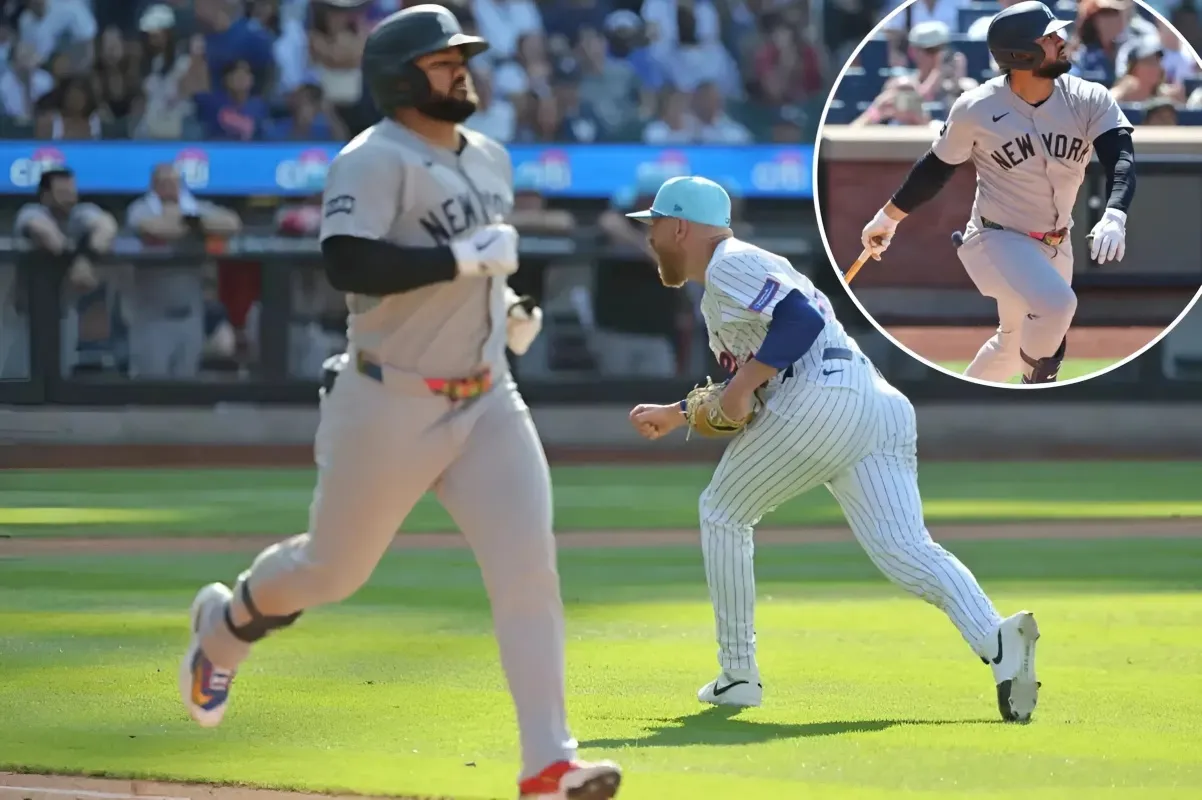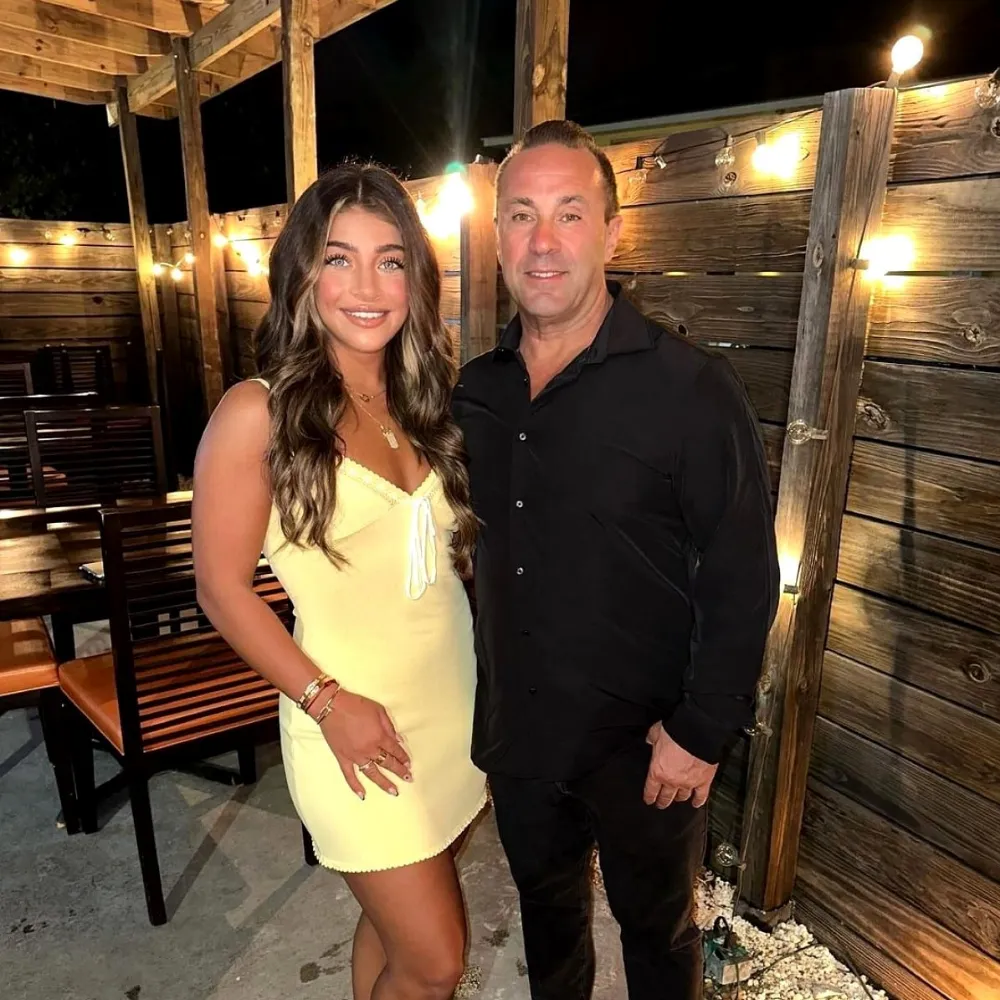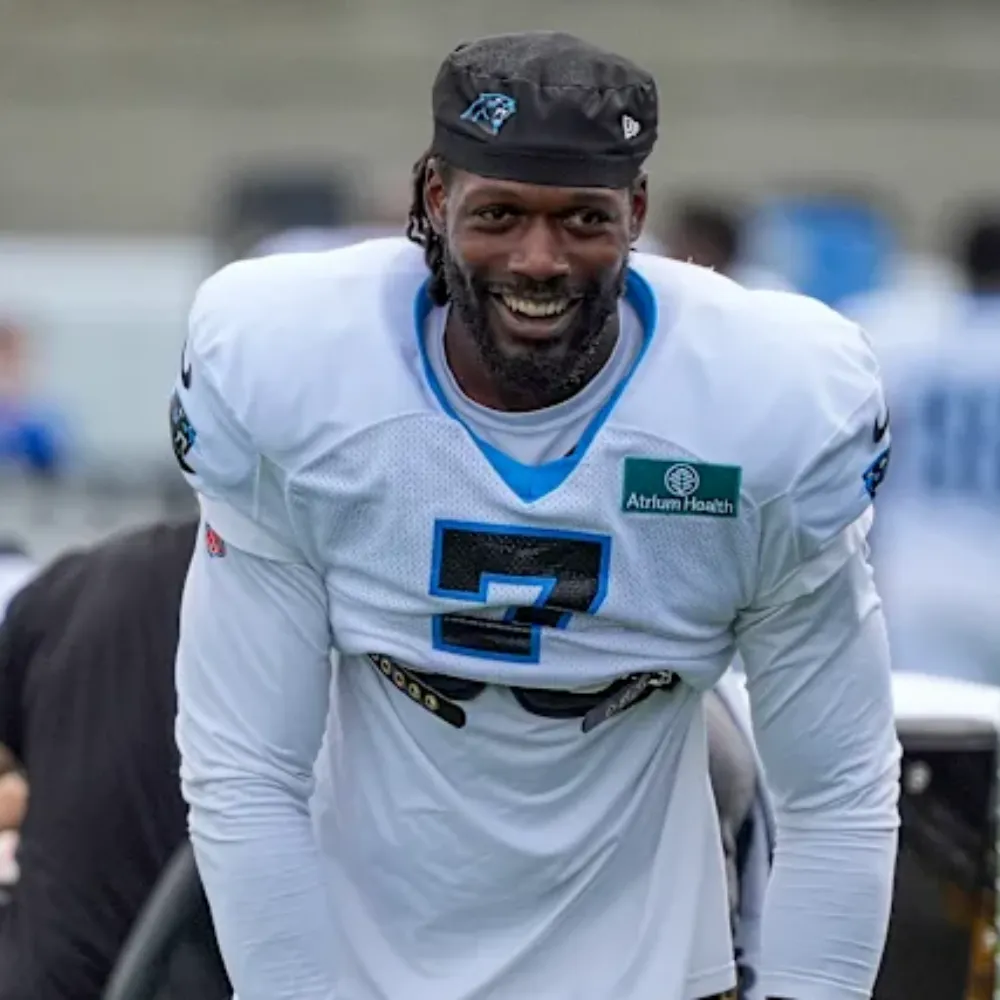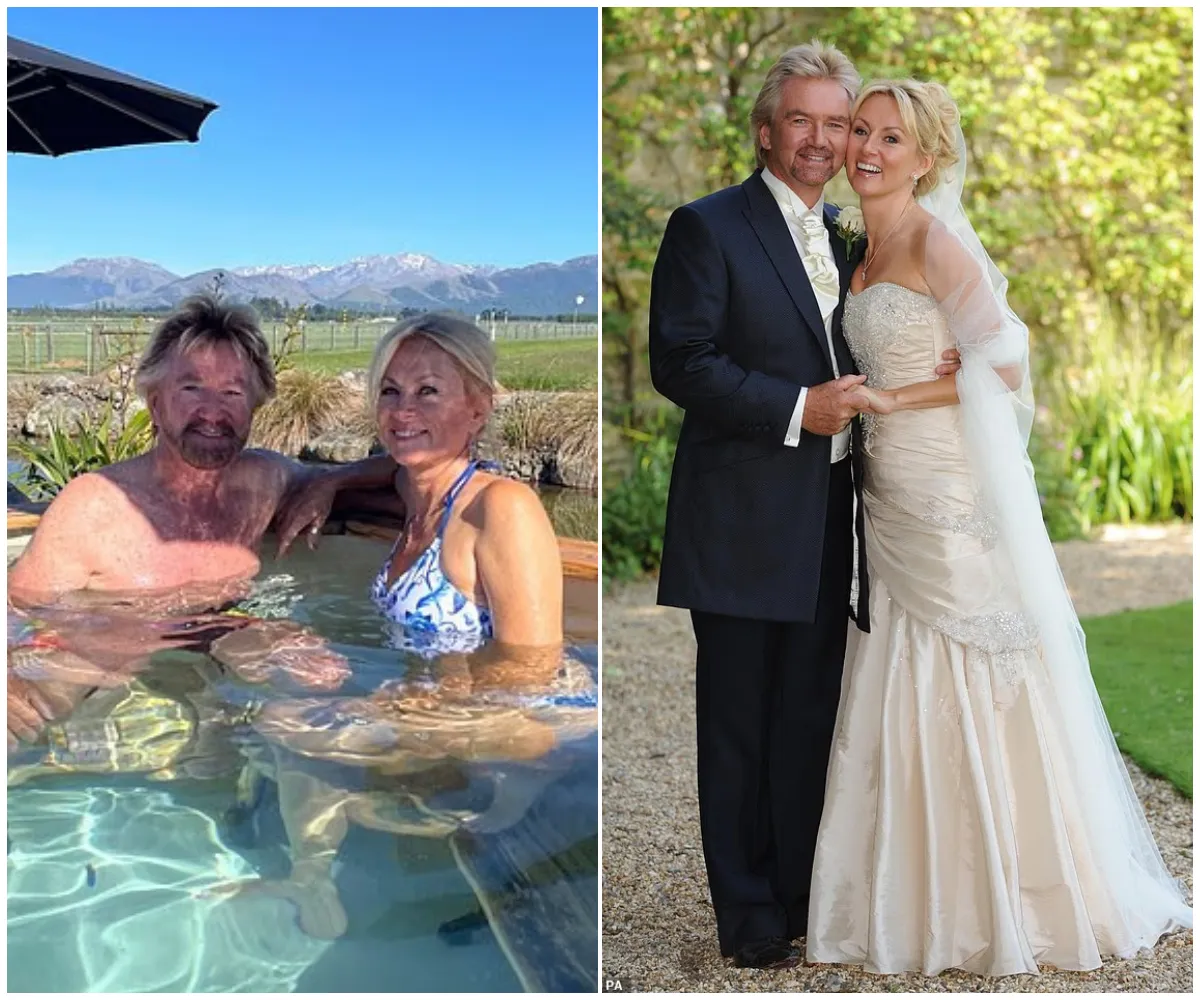
Whoops!
Page not found!
The page you are trying to reach cannot be found. In the meantime feel free to search or check out the articles below.


Yankees' Jasson Dominguez Tormented by a Single Pitch Despite Stunning Two-Homer Performance! - lulu

"Ariana Madix Causes Shock When She Speaks Out About Cierra Ortega's 'Racist' Post: Love Island USA Fans Outraged As Bravo Decides To Keep Her!"

‘I’m done — this isn’t entertainment, it’s emotional violence’: Janet Caperna QUITS The Valley after waves of hate speech, death threats and Bravo’s refusal to protect her child - suong

‘This isn’t activism — it’s a media campaign’ — Gia Giudice under fire after emotional plea to Trump for father’s return sparks backlash at Rutgers, legal ethics concerns and accusations of “privilege politics” - suong

‘This is why men don’t share finances with women’ – Leaked texts expose Jax Taylor’s cold response after Brittany Cartwright uncovered secret $18K mortgage, years of unpaid taxes, and a financial betrayal she never saw coming - suong

‘All hype, no results’ – Raiders’ bitter AFC West rival Justin Herbert called out after five playoff-less seasons as Geno Smith trade fuels Vegas hopes of closing the QB gap - suong

Free agent twist could land Eagles $95 million former No 1 pick Jadeveon Clowney – as team scrambles to replace Josh Sweat and rebuild crumbling Super Bowl-winning defense - suong




